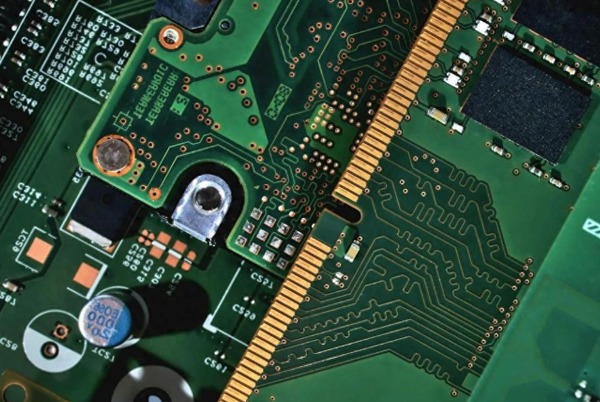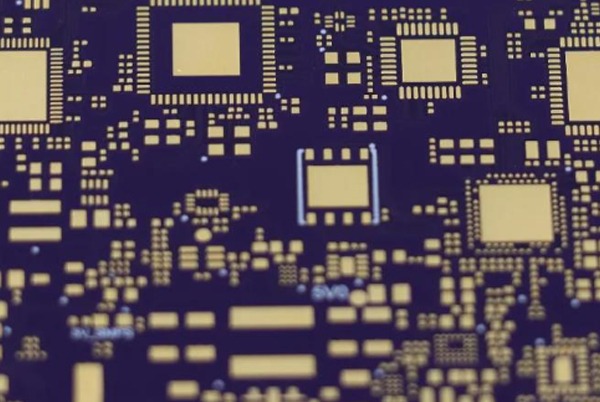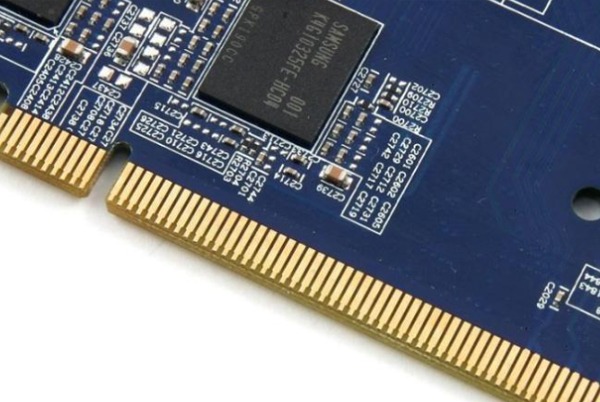Topfast PCB receives inquiries from customers around the world every day regarding PCB manufacturing and assembly. To help you better understand our service process and technical capabilities, we have compiled this comprehensive FAQ guide.
Table of Contents
Basic Questions About Topfast PCB
Q1: Who is Topfast?
Topfast is a leading PCB manufacturing and assembly service provider with over 10 years of industry experience. We specialize in providing cost-effective PCB solutions for consumer electronics, industrial equipment, medical devices, and research projects. The company is renowned for its rigorous quality control system, advanced manufacturing equipment, and professional technical team, offering a full range of services from rapid prototyping to large-scale production.
Q2: Is there a minimum order quantity (MOQ) requirement for PCB orders?
We adhere to a “customer-first” principle and impose no minimum order quantity restrictions. Whether it’s a single sample or large-volume production, we provide the same professional service quality. This flexibility is particularly suitable for engineers in the R&D phase and customers requiring small-batch trial production.
Q3: What is the quotation response time?
We promise to respond to all inquiries within 24 hours. For complex projects, our engineering team will provide accurate quotations after a detailed evaluation, ensuring no hidden costs.
PCB Manufacturing Technical Capabilities
Q4: What are your process capability parameters?
Topfast PCB boasts industry-leading processing precision:
- Minimum trace width/spacing: 3 mil (0.076 mm)
- Minimum hole size: mechanical drilling 6 mil (0.15 mm), laser drilling 4 mil (0.1 mm)
- Maximum layers: up to 32 layers for standard boards, 6 layers for metal core boards
- Impedance control: tolerance ±10%, supporting differential pair design
Q5: What surface finish options do you offer?
We provide comprehensive surface treatment options:
- Standard processes: HASL (lead/lead-free), OSP, ENIG, immersion silver, immersion tin
- Special processes: soft gold (wire bonding), hard gold (plug areas), selective gold plating
- Emerging processes: ENEPIG, chemical nickel gold
Q6: What special PCB types do you support?
Our professional production capabilities include:
- Flexible/rigid-flex boards: single-sided to multi-layer designs
- High-frequency boards: using high-frequency materials such as Rogers, Taconic
- Metal core boards: aluminum-based, copper-based heat dissipation solutions
- HDI boards: blind/buried vias, laser microvias, any-layer interconnects

PCB Design Support
Q7: What file formats are required?
We accept various design file formats:
- Preferred format: Gerber RS-274X
- Engineering files: Protel (.PCB/DDB, please specify version), Eagle (.BRD)
- Auxiliary files: IPC-356 netlist, drill drawings, assembly drawings
Q8: How is impedance control design handled?
We offer free impedance calculation and stack-up design services:
- Provide your impedance requirements (single-ended/differential, target values)
- Our engineers perform simulations using professional field solvers
- Feedback recommended trace width/spacing and stack-up structure
- Provide impedance test reports (optional)
Q9: When is panelization design needed?
Panelization is recommended in the following cases:
- Single board size < 50×100 mm
- Irregular boards (circular, irregular outlines)
- Large-volume orders requiring improved production efficiency
We provide free panelization design services and optimize process edges and tooling holes.
PCB Assembly Service Process
Q10: What files are required for assembly orders?
A complete PCBA order requires:
- Essential files:
- Gerber files (including silkscreen, copper, and solder mask layers)
- Centroid file (pick-and-place file)
- BOM list (with complete part numbers)
- Recommended files:
- Assembly drawings
- Special process instructions
- Test specifications
Q11: What is a centroid file, and how is it prepared?
The centroid file (also known as XY data) is crucial for SMT programming and should include:
- Component designators
- X/Y coordinates (with board corner as origin)
- Rotation angles
- Placement side (TOP/BOTTOM)
Most EDA software can generate this automatically; we can also assist in checking the file format.
Q12: How is turnaround time calculated?
PCBA lead time starts after all the following conditions are met:
- PCBs and all components are ready
- Complete technical documents are confirmed
- The engineering review is completed
Expedited services are available, with delivery as fast as 24 hours.
Component Management
Q13: Do you provide component procurement services?
We offer flexible supply chain solutions:
- Full turnkey: We handle all component procurement
- Partial turnkey: Customer provides critical components, and we procure common parts
- Kitted service: Customer provides all materials, and we manage storage
Q14: What are the requirements for customer-provided components?
To ensure assembly quality, we recommend:
- SMT components should be provided on tape and reel (loose parts not accepted)
- Provide 3%-5% excess for attrition
- High-value components (ICs, BGAs, etc.) should be packaged separately in anti-static packaging
- Clear labeling of designators and specifications
Q15: How are unused components handled?
We offer three handling options:
- Return with boards: Shipped back with finished products
- Warehouse storage: Kept for future orders
- Disposal: Environmentally friendly disposal of worthless materials
Special Process Requirements
Q16: Are there special requirements for BGA assembly?
We have mature BGA assembly capabilities:
- Support for 0.25 mm fine-pitch BGAs
- X-ray inspection services
- Pad design recommendations:
- Vias must be filled with resin or covered with solder mask
- The NSMD pad design is recommended
- Rework and repair services are available
Q17: What testing services do you offer?
Our complete quality assurance system includes:
- Basic tests: Flying probe testing, AOI inspection
- Advanced tests: Functional testing, boundary scan
- Special tests: High/low temperature cycling, vibration testing
- Certification support: RoHS, UL, IPC Class 3 certification
Q18: Do you offer conformal coating services?
We provide professional protective processes:
- Coating materials: Acrylic, polyurethane, silicone
- Application methods: Spraying, dipping, selective coating
- Pre-treatment: Plasma cleaning for enhanced adhesion
- Thickness control: Complies with IPC-CC-830 standards

Cost and Quality Control
Q19: What factors affect PCB manufacturing costs?
Key cost drivers include:
- Design complexity: Number of layers, hole sizes, trace widths
- Material selection: Board type, copper weight, special materials
- Process requirements: Surface finish, impedance control, special processes
- Order quantity: Volume discount effects
Q20: How is PCBA assembly cost structured?
Assembly quotes include:
- Engineering costs: Stencil and program preparation
- Labor costs: Placement and hand-soldering time
- Material costs: Solder paste, adhesives, and other consumables
- Testing costs: Based on test program pricing
We provide an online real-time quotation system with transparent pricing and no hidden fees.
Q21: What are your quality certification standards?
We strictly adhere to:
- Manufacturing standards: IPC-A-600 Class 2/3
- Assembly standards: IPC-A-610 Class 2/3
- Management systems: ISO9001, IATF16949
- Environmental certifications: RoHS, REACH, UL
Value-Added Services and Technical Support
Q22: Do you offer design review services?
We provide free DFM/DFA analysis:
- Check for potential manufacturing issues
- Optimize panelization
- Evaluate component layout rationality
- Provide thermal and signal integrity suggestions
Q23: How are post-sales quality issues handled?
Our quality commitment includes:
- Responding to quality issues within 48 hours
- Root cause analysis and reporting
- Free rework or remake solutions
- Preventive measure recommendations
Q24: What special processing needs do you support?
We can accommodate:
- Machining: Depth-controlled routing, beveling, castellated holes
- Surface treatment: Selective gold plating, carbon ink keyboards
- Marking processes: QR code marking, barcodes
- Assembly assistance: Design and production of jigs and fixtures
Industry Application Cases
Q25: In which industries have you had successful applications?
Our solutions are widely used in:
- Medical devices: High-frequency ultrasound probes, portable monitors
- Automotive electronics: ECU control units, infotainment systems
- Industrial control: PLCs, HMIs
- Communication equipment: 5G base stations, optical modules
- Consumer electronics: Smart home devices, wearables
